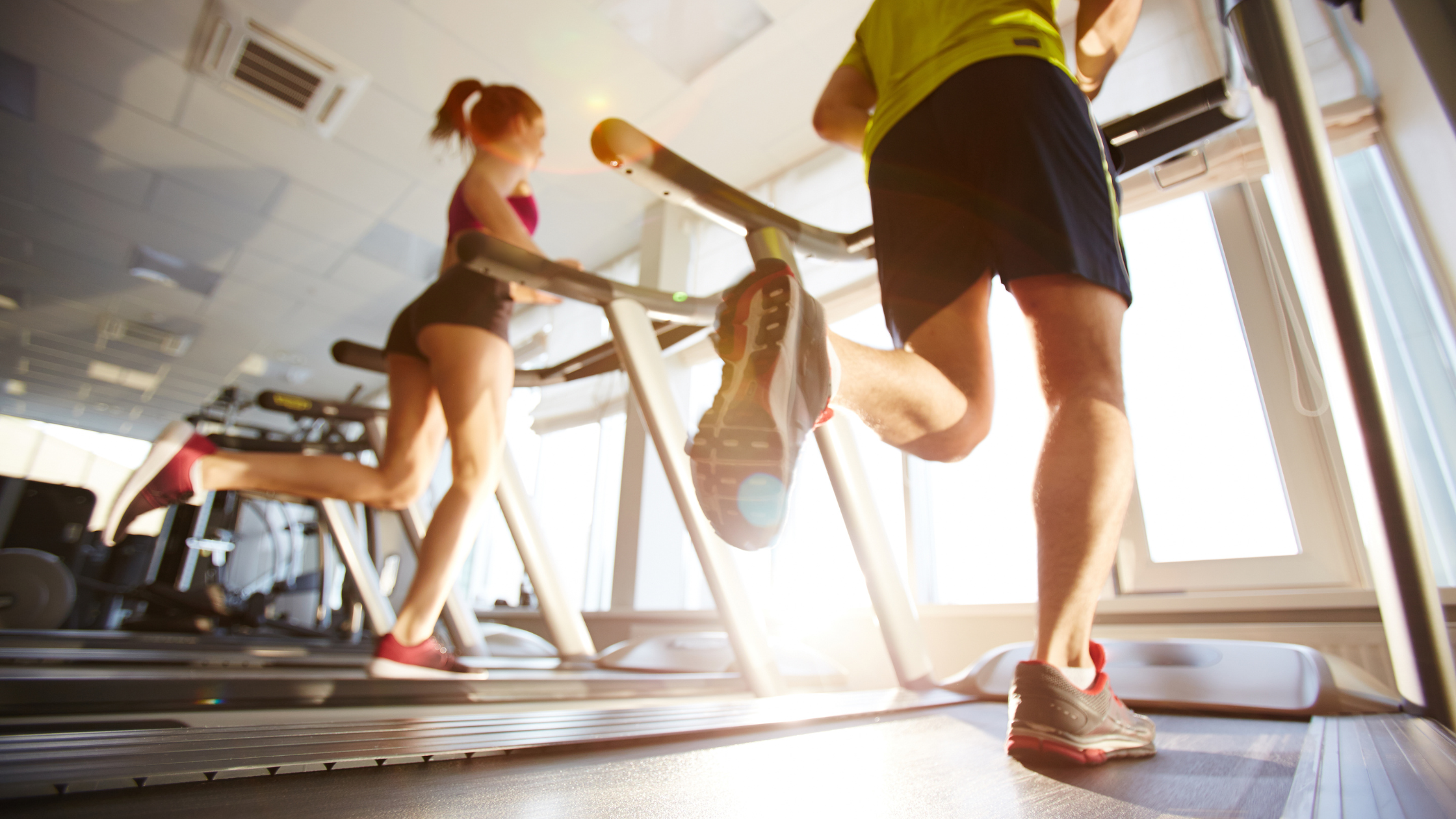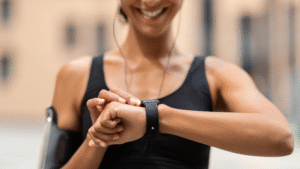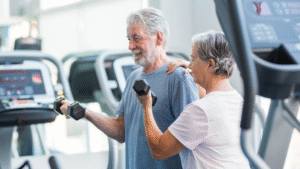Do you ever wonder how fit athletes and coaches gauge recovery beyond just “how you feel”? Enter Heart Rate Variability (HRV) – a powerful biomarker that reflects your body’s stress and recovery status. In simple terms, HRV measures the tiny variations in time between your heartbeats. A higher HRV generally means your body is relaxed and recovered; a lower HRV indicates stress or fatigue. Tracking HRV can help you know when you’re ready to train hard, or when you need extra rest. Here’s how it works and why it matters.
What Is Heart Rate Variability?
Your heart doesn’t tick like a metronome; instead, the interval between beats constantly changes. HRV quantifies those fluctuations (in milliseconds) from beat to beat. Technically, it reflects how your autonomic nervous system is balancing parasympathetic (restful) and sympathetic (stress) inputs. A high HRV means strong parasympathetic (vagal) tone – essentially, your body can bounce back quickly from stress. A low HRV suggests sympathetic dominance (think “fight-or-flight”), meaning you’re more stressed or drained. For example, when you’re well-rested, HRV tends to be higher; after a heavy workout or a bad night’s sleep, HRV often drops.
Why HRV Matters for Recovery and Stress
“Heart rate variability shows you how well your body is recovered, if you’re overtraining, and if you need to improve how you handle stress,” explains a PT at Hospital for Special Surgery. In practice, HRV has become a go-to indicator for both athletes and wellness enthusiasts. A consistently high HRV is a sign your body is coping well, whereas a downward trend can warn of accumulating fatigue or stress. Because it’s objective (measured by devices), HRV can catch things you might miss, like subtle stress from travel, illness, or even emotional events. Studies link higher HRV with better cardiovascular health and mental well-being, while chronic stress tends to lower HRV.
Measuring HRV: Devices and Best Practices
The gold standard for HRV is an ECG in a lab, but many consumer devices do a great job. Smartwatches, chest straps, and rings (like Oura) can measure HRV during sleep or rest. For best consistency, measure first thing in the morning (after waking) for 2–5 minutes. During this period, don’t move; just sit or lie quietly and let the device record. The resulting number (often called SDNN, RMSSD, etc.) is your baseline. Tracking this daily lets you see trends. A sudden drop could be a cue to take it easy. Many apps will also flag significant changes.
What Affects Your HRV?
Virtually anything that stresses or relaxes your body will show up in HRV. Good factors: ample sleep, proper hydration, balanced meals, relaxation techniques (like deep breathing or meditation). Bad factors: lack of sleep, overtraining, illness, poor diet, high caffeine or alcohol, and emotional stress. Even allergies or dehydration can lower HRV. Because of this sensitivity, HRV is sometimes called a “canary in the coal mine” for your overall health. For instance, elevated HRV could mean you’re fully recovered and ready for a tough workout; a low HRV might suggest you skip or tone down training that day.
Improving Your HRV
Thankfully, you can boost HRV with lifestyle choices. Prioritize quality sleep and a regular sleep schedule – sleep is when HRV naturally rises. Practice daily stress-relief: deep breathing exercises and mindfulness are known to increase HRV over time. Stay hydrated and eat nutritious foods (low in sugar and processed carbs). Regular moderate exercise (especially morning workouts) tends to improve HRV in the long run. Avoiding late-night caffeine or heavy meals can help your body relax fully at night, which is reflected in higher HRV next morning. In short, HRV rewards a balanced, healthy lifestyle.
Key Insight: HRV is a window into your body’s stress-response. A longer HRV (more time between beats) generally means you recover faster from stress. Tracking HRV daily can show whether your habits are helping or hindering recovery. It’s not just about exercise – things like work stress or sleep disturbances will show up in your HRV score.
CTAs: To start tracking HRV, you can use devices like the Oura Ring or an HRV chest strap (Polar H10) with compatible apps. Many fitness watches also report HRV. If you’re serious about optimizing recovery, try wearing a tracker overnight or in the morning and compare your HRV over time. Over weeks, you’ll see how sleep, workouts, and life stressors influence your recovery. Pay attention: a higher HRV generally means you’re primed for performance, while a low HRV signals it might be time for rest or a lighter day.
💡 Loved this product? Order it now from Amazon — just click here!











